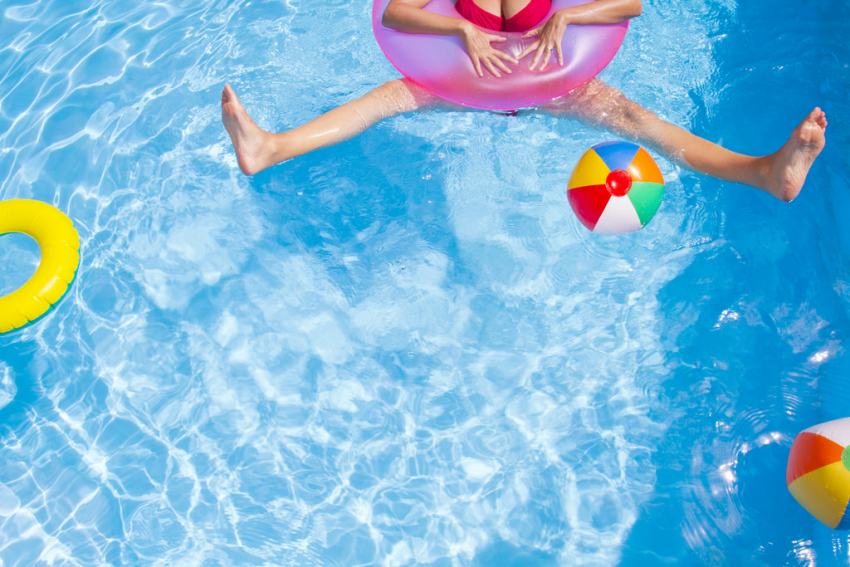Spreadability is as important as factor
High factor sunscreens are great for vulnerable spots like the cheeks, but they can be too thick and gloopy to spread evenly over your whole body. And besides, they only offer a tiny bit more protection than lower (factor 30 rather than 50) sunscreens. You're better off reapplying factor thirty than relying on a streaky coat of factor 50 to last all day.
Test your sunscreen before you put it all over your skin
The last thing you want at the end of your first day in the sun is an allergic reaction to your sunscreen. While reactions are rare they do happen so it makes sense to test your chosen product on a small area of skin (the inside of the wrist, for example) before you slather it on.
If you do react, don't assume that you are allergic to all sunscreens because there are two different types of sunscreen.
The first relies on metal oxides such as titanium or zinc to physically block the sun's rays from getting to your skin.
The second uses chemical blockers that absorb the harmful UV light before it reaches your skin's cells.
Also, bear in mind that you are far more likely to react to one of the minor ingredients in a sunscreen (a fragrance, preservative, etc) than you are to the actual sun-bocking elements.
Alex Says: There is NO scientific evidence that applying sunscreen gives you cancer and lots of evidence that too much direct sunshine is dangerous. Please don't believe the wellness extremists!
Know how often to apply your sunscreen
Both types are effective provided that you follow the instructions on the bottle; apply enough cream and repeat the application regularly.
Just make sure that the sunscreen you choose blocks both UVA and UVB rays.
For Gran Canaria, we'd recommend a waterproof sunscreen as you don't want to reapply your sunscreen every time you pop into the pool or the sea.
Focus on the vulnerable skin spots
When you see people with sunburn, it's almost always in a few spots that are vulnerable to burning.
The nose, the cheeks, the shoulders, the bald spot, the back of the calves, anywhere where your bathing costume rubs off the cream, the top of your feet, bits that don't normally see the sunshine (nudists, we mean you). If you snorkel, apply a good layer to your back.
Apply well in advance of heading out into the sun
Sunscreen works best if it's applied at least 20 minutes before you go out into the sunshine. This is because it takes a while to soak into the skin and form an even layer.
Don't rely on sunscreen, especially at midday
Using sunscreen reduces the risk of skin cancer by half but it isn't a total solution. The sun in Gran Canaria between 11.00 and 14.00 during the summer is as strong as it gets anywhere in the world and even a high factor sunscreen doesn't keep it at bay. You are far better to retreat under a parasol or to a shaded terrace than you are to sweat it out at midday and risk permanent damage to your skin.
You can't put sunscreen on your eyeballs so protect them with a sun hat and a good quality pair of sunglasses with decent UV filters.
A slow tan lasts longer so take it easy
If you blast yourself on day one of your Gran Canaria holiday, there's a good chance that you'll end up peeling after a few days and losing it completely.
For a long-lasting tan, build up your sun exposure gradually to give your skin time to adjust: It will last longer and look much better.
If you do get a bit too much sun in Gran Canaria, here's our tip for a superb and completely free after sun treatment.
For detailed information about applying sunscreen, see the NHS guidelines.














